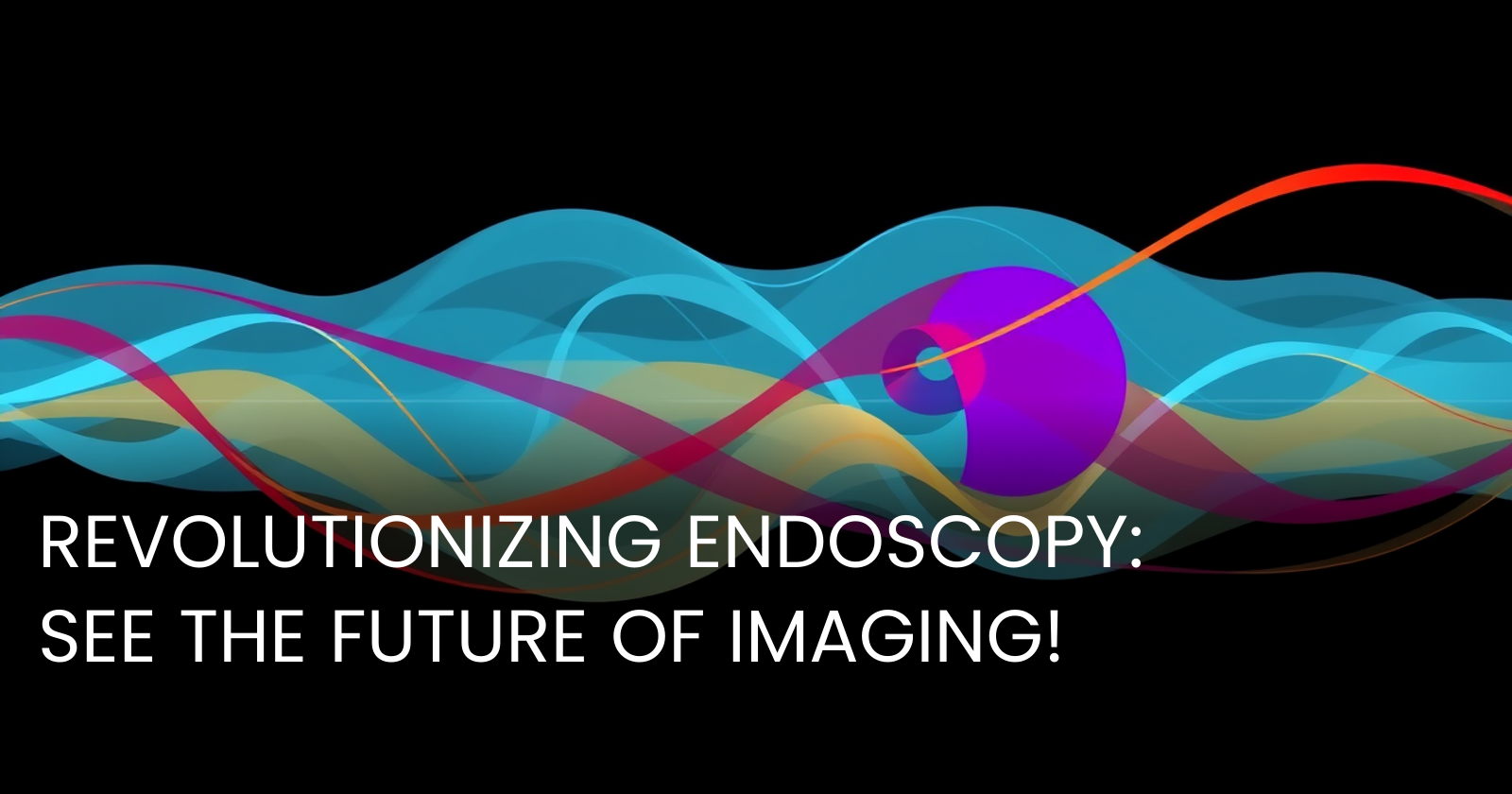Exploring PR-ENDO: Cutting-Edge Technology for Revolutionary Endoscopy Imaging
 Gabi Dobocan
Gabi Dobocan
Endoscopy is a vital component of modern medical diagnosis, especially for conditions like colorectal cancer. Recent advancements in imaging technologies can significantly improve the way these procedures are conducted. PR-ENDO, a new framework discussed in a fascinating research paper, addresses some of the significant challenges in current endoscopic imaging. This article breaks down the paper into simpler terms, focusing explicitly on how companies can leverage this technology to enhance their business processes and potentially unlock new revenue streams.

- Arxiv: https://arxiv.org/abs/2411.12510v1
- PDF: https://arxiv.org/pdf/2411.12510v1.pdf
- Authors: Przemysław Spurek, Przemysław Korzeniowski, Diego Dall'Alba, Dawid Malarz, Weronika Smolak-Dyżewska, Joanna Kaleta
- Published: 2024-11-19
Main Claims and Innovative Proposals
The paper, titled "Pr-Endo: Physically Based Relightable Gaussian Splatting For Endoscopy," primarily claims that PR-ENDO surpasses traditional models in creating high-quality, interactive 3D reconstructions of endoscopic environments. These reconstructions are crucial for offering clearer diagnostic views, training environments, and simulations of anatomical movements.
PR-ENDO adapts traditional Gaussian splatting—a fast training and rendering technique—and combines it with physically based relighting. This innovation allows the model to manage endoscopy's unique lighting conditions effectively. Existing methods have a propensity for artifacts and inconsistencies because of limited camera movement and challenging illumination conditions, which this model overcomes through specialized configurations that consider light angles and surface normals.
New Proposals and Enhancements
One of the standout features of PR-ENDO is the introduction of a relighting model, which clearly separates the illumination effects from the tissue model in endoscopy. Additionally, the paper introduces a feature called diffuseMLP, which reduces imagery artifacts, paving the way for stable reconstructions and wider camera angles, even when the initial data is limited.
The implementation of PR-ENDO involves a thorough understanding of the complex dynamics between light and surfaces within an endoscopic environment. By leveraging a physical light model, the technology produces a highly adaptable 3D medical image that improves diagnostic accuracy and enhances educational simulations.
Business Applications and Implications
Leveraging PR-ENDO in Business
PR-ENDO's advanced imaging capabilities present multiple opportunities for companies, particularly in the healthcare sector. This technology can fundamentally transform medical training and diagnostics by providing:
Improved Diagnostic Tools: With better 3D reconstructions, medical professionals can visualize endoscopic images more clearly. This improvement can lead to faster and more accurate diagnoses, particularly for colorectal cancer.
Training Simulators: Companies could develop training tools using these detailed reconstructions, enhancing the learning experience for medical students and professionals. Simulation of realistic anatomy and lighting conditions could be pivotal in preparing practitioners for real-world scenarios.
Virtual Reality Applications: The enhanced visuals and dynamic lighting suitable for VR environments could lead to the development of advanced surgical simulators or even patient education tools, introducing new business opportunities in both consumer and B2B markets.
Overall, PR-ENDO has the potential to enrich healthcare offerings and add significant value to companies looking to harness cutting-edge tech for medical applications.
Technical Training and Dataset Utilization
Model Training and Datasets
PR-ENDO was trained using the Colonoscopy 3D Video Dataset (C3VD) and a new dataset, RotateColon, which helped in evaluating its effectiveness under various conditions. The C3VD provided a base with known camera positions and point clouds, allowing the model to learn effectively from structured data.
These datasets include depth maps and various view angles to ensure that the relighting model adapts well to real-world scenarios. By training the model on these comprehensive datasets, researchers ensured the capability of PR-ENDO to generalize across different settings, crucial for its practical application in endoscopy.
Hardware Requirements
Running and training PR-ENDO necessitates high-performance computing power due to the number of calculations involved in Gaussian splatting and physically based rendering. Access to GPUs for acceleration helps optimize this process, making the deployment of such models more cost-efficient and feasible.
Comparison with State-of-the-Art Alternatives
PR-ENDO sets itself apart from competing technologies like Neural Radiance Fields (NeRF) and other Gaussian-based strategies primarily through real-time applicability and superior handling of lighting conditions. While NeRF and similar models are known for their high-quality renderings, they suffer from prolonged training times and lack the capability of real-time rendering, which is essential in a clinical or educational setting.
This new framework rivals innovations like Gaussian Shader and DeferredGS, pushing the boundaries by dealing better with the lighting complexities inherent in the endoscopic environment and providing stable outputs even at novel viewing angles.
Conclusions and Areas for Improvement
Key Takeaways
PR-ENDO demonstrates a significant leap in managing the complexities of 3D reconstructions in endoscopy, primarily by addressing lighting challenges and camera limitations. Its superior approach to coupling physically based rendering with Gaussian models opens new avenues for medical applications, particularly in training and diagnostics.
Potential Improvements
Despite PR-ENDO's strengths, challenges remain when dealing with extreme viewing angles and scenarios where the light source is considerably distanced from the camera. Additionally, while the model outperforms many existing techniques, further steps could streamline training times and enhance generalization in more textured tissues.
Overall, the research highlights a significant step toward smarter, more adaptive imaging technologies in endoscopy, with potential improvements likely to expand the applicability even further.
Final Thoughts
PR-ENDO offers a glimpse into the future of endoscopic imaging and more broadly, medical imaging, by embracing the latest technological advancements. With continued refinement, the framework holds the promise of revolutionizing not just diagnostic imaging processes but also how medical training is conducted, setting new standards for realism and usability in the healthcare industry.

Subscribe to my newsletter
Read articles from Gabi Dobocan directly inside your inbox. Subscribe to the newsletter, and don't miss out.
Written by

Gabi Dobocan
Gabi Dobocan
Coder, Founder, Builder. Angelpad & Techstars Alumnus. Forbes 30 Under 30.